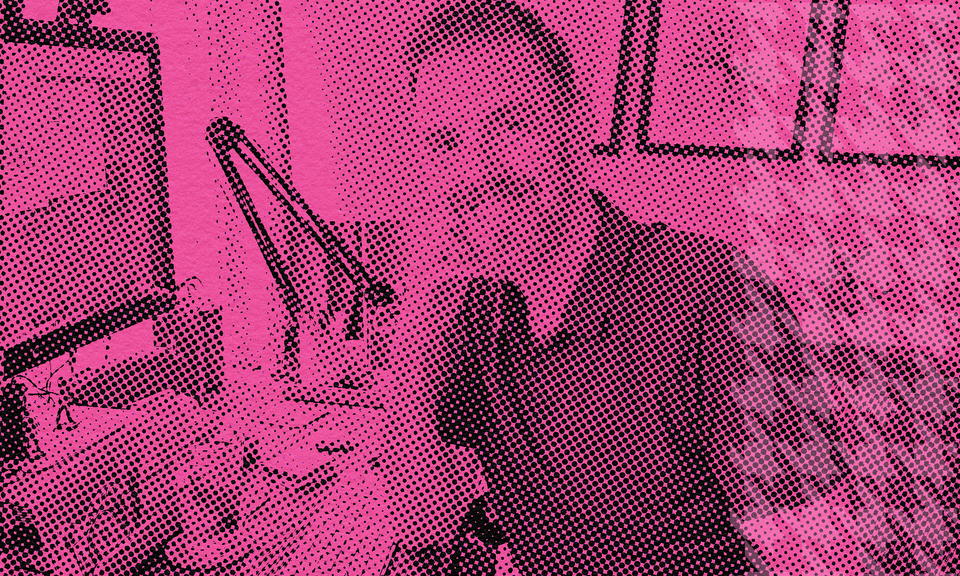PMFH2: this isn’t a revision. it’s a reinvention.

Four chapters in, and I can already tell this isn’t just a revision, it’s a reinvention. When I wrote Project Management for Humans back in 2017, my goal was to make project management feel human, not mechanical. Seven years later, that idea feels even more urgent. The tools have changed. The way we work has changed. Honestly, we’ve changed. Well, at least I know I have.
This morning, I uploaded the introduction and the first four chapters of the second edition to my editor, Marta, for review. It feels good to hit “send,” but also a little nerve-racking. I’ve been referencing the first edition as I go, but I’ve reworked so much of it that it almost feels like starting over. It's still familiar, but I realize that I'm making the contents heavier with experience.
Honestly, it’s been hard to make the time to write. Between client work, speaking and workshops, travel, and, well, life, I’ve had to carve out early mornings and late nights to get these pages done. But it’s been energizing to revisit ideas that still feel true, and rewrite the ones that don’t.
If you missed the original, Project Management for Humans is where I first tried to make project management feel a little more human. It’s still the book I wish I’d had when I started managing people and projects.
Here’s a peek at what’s been written so far:
Chapter 1: Why project management still matters
In this chapter, I wanted to ground everything in the fact that project management still matters deeply, even when it’s undervalued or automated. Writing it reminded me how human our jobs really are. Tools may get smarter, but empathy, communication, and leadership are still what hold projects (and people) together.
Chapter 2: The essential principles of human-centered pm
This chapter redefines the core principles of what I now call human-centered project management—the mindsets and behaviors that keep teams aligned and grounded. I actually first presented these ideas at David C. Baker’s Account and Project Management Seminar, and the slides from that talk are a good snapshot of where I started.
Since then, I’ve evolved them further, sharpening my thinking about adaptability, systems thinking, and empathy. This chapter brings those principles to life with examples and stories that show what it means to lead through humanity, not hierarchy.
Chapter 3: Emotional intelligence in project management
This one has my heart. I wanted to write honestly about how emotional the work can be, and about how we absorb other people’s stress, interpret it, and turn it into order. The chapter opens with a story about a project manager I once managed: brilliant, committed, and completely undone by anxiety.
A few years ago, I managed a project manager who was smart, committed, and deeply anxious. Their attention to detail was unmatched. They could see problems coming before anyone else did, but that strength turned on them when pressure hit. Every client message became a potential crisis. Every change request felt like a failure. Their anxiety leaked into the team until everyone started to mirror it. They didn’t trust the team to deliver, and the team stopped trusting them to lead.
It wasn’t incompetence. It was fear.
That story shaped my perspective on leadership and reminded me that emotional intelligence isn’t “soft.” It’s the difference between leading with control and leading with presence.
Chapter 4: The art of human-centered communication
This chapter emerged from years of coaching teams through messy conversations. I was trying to unpack how the way we communicate—our tone, consistency, and transparency—makes or breaks trust. Writing it felt like therapy. Every section had me thinking about the emails I’ve over-edited, the messages I’ve sent too quickly, and the meetings where tone did more damage than words ever could.
New odds and ends
I’ve also been adding new prompts, reflections, worksheets, and quick exercises to help readers apply the ideas right away. Lou Rosenfled (publisher) gave me the green light to include them, and I’m curious to see whether they’ll live in the book itself or as companion downloads. Either way, they’ve helped me bring the lessons to life in a more practical way.
There’s still a long way to go, but the heart of this edition is already clear: it’s not just about managing projects, it’s about leading humans.
Thanks for following along as this book evolves. I’ll keep sharing sneak peeks as I write. In the meantime, I’d love to know: what do you wish more project managers understood about the human side of the work?
TL;DR
Four chapters in, Project Management for Humans, Second Edition (PMFH2) already feels less like an update and more like a reinvention. I’m diving deeper into the emotional side of project management—empathy, communication, and leadership that centers people, not process. The first batch of chapters is off to my editor, and I’m sharing a behind-the-scenes look at how it’s all coming together.


Member discussion